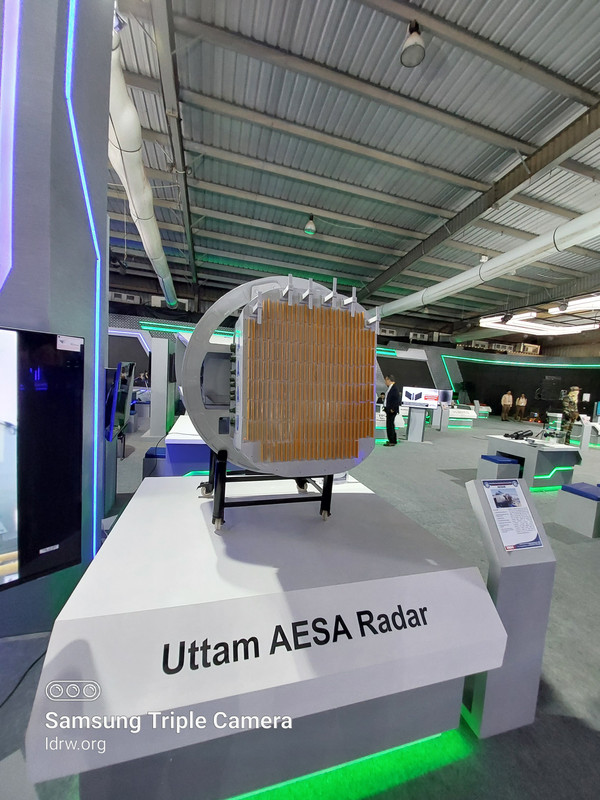SOURCE: RAUNAK KUNDE / NEWS BEAT / IDRW.ORG

The Defence Research and Development Organisation’s (DRDO) Electronics and Radar Development Establishment (LRDE) has achieved a significant milestone in the development of the upgraded Su-30 MKI fighter jet. LRDE has confirmed the effectiveness of its Vapor Cycle Cooling System (VCM), designed to manage the heat generated by the aircraft’s powerful new Active Electronically Scanned Array (AESA) radar.
The VCM, designated G2A, is a closed-loop system capable of absorbing a substantial 10.5 kW of heat load. This innovative technology is crucial for ensuring the proper functioning of the AESA radar, which generates significant heat during operation. A prototype of the VCM was successfully showcased at the Aero India 2021 exhibition, demonstrating its readiness for integration.
LRDE is also working on an upscaled version of its Uttam AESA Fire Control Radar (FCR). This upgraded radar is expected to incorporate nearly 1200-1400 Transmit/Receive Modules (TRMs), a significant increase from the existing configuration. This enhancement will translate into an improved Search and Track range of nearly 350 km for the upgraded Su-30 MKI, providing the Indian Air Force with a significant tactical advantage.
The successful development of the VCM and the ongoing progress on the upgraded Uttam AESA radar represent significant advancements in India’s indigenous defence technology. These achievements mark a crucial step towards equipping the Su-30 MKI fleet with cutting-edge capabilities, ensuring its continued effectiveness in protecting India’s airspace.
NOTE : Article cannot be reproduced without written permission of idrw.org in any form even for YouTube Videos to avoid Copy right strikes. Websites doing illegal reproductions will get DMCA and Legal Notices.